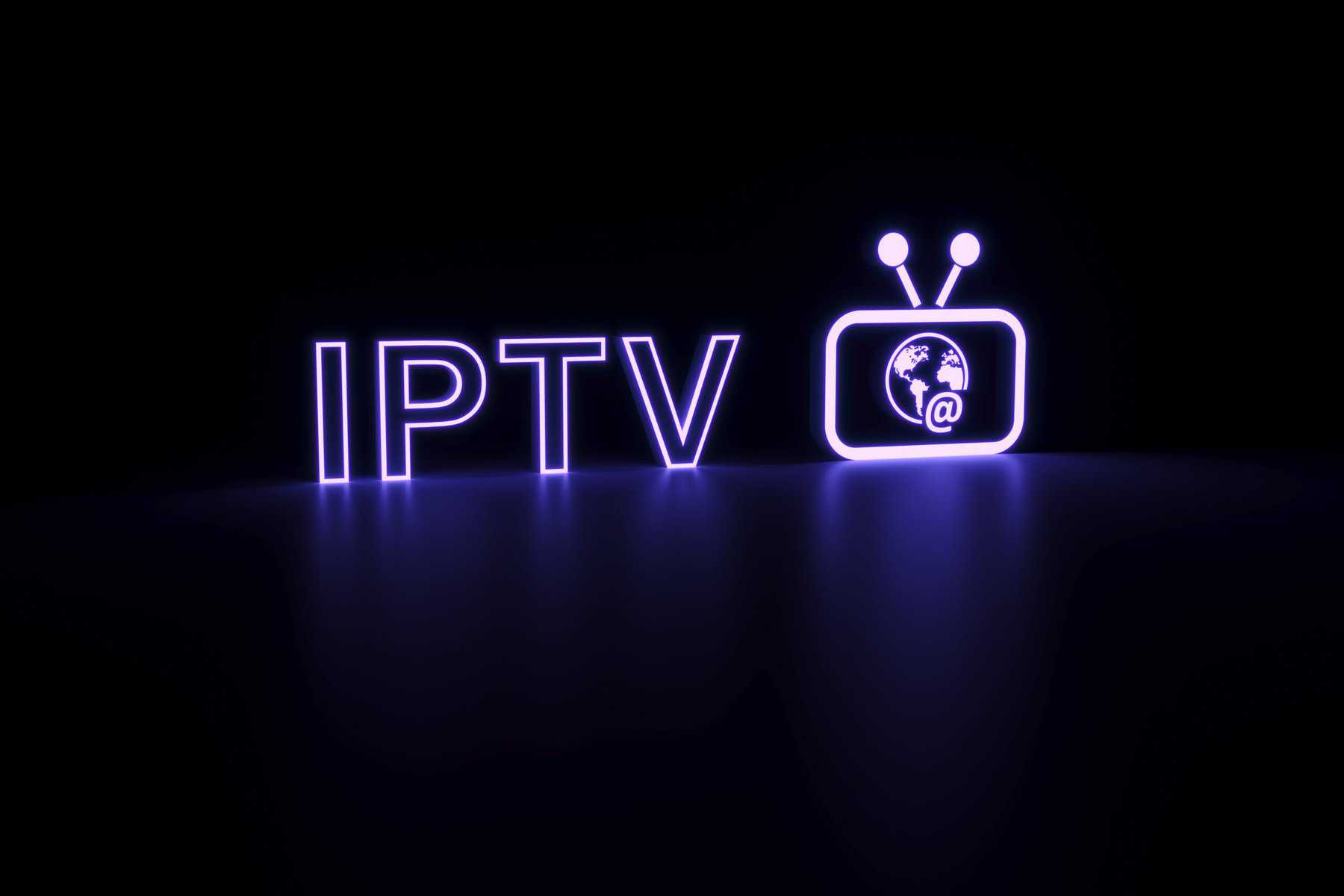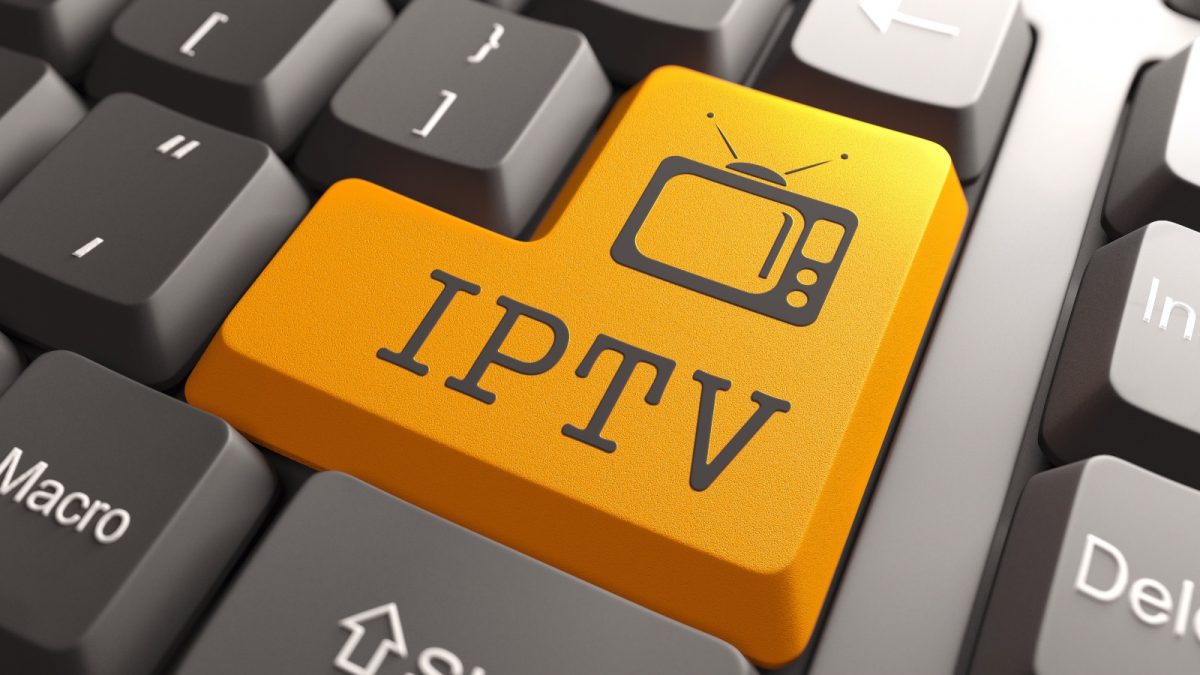Tech
IPTV and OTT: What’s the difference for you? At home!?

In a world where consumers are increasingly interested in abandoning Internet packages with integrated TV, due to the fact that nowadays they no longer spend so many hours watching traditional TV channels, demand for IPTV services based on free, paid, or even pirated channel lists.
However, when researching IPTV, it is also very likely that you will come across another acronym. O OTT. What is the difference between IPTV and OTT? Let’s try to understand!
What is the difference between IPTV and OTT?

Therefore, like any place in the world of technology, we have a sector full of acronyms and terms that can be very confusing for those who are taking their first steps, and reading the first articles on the topic. Two of these terms related to the Internet TV signal are IPTV and the OTT.
Both refer to methods of delivering content over the Internet, essentially being the same way of getting from point A to point B. However, there are differences in the mechanisms that each of them uses to achieve their objective. In fact, most of the time they are responsible for delivering different “products”.
What is IPTV?

We’ve already talked a lot about this, IPTV is literally “Television over IP”, that is, the distribution of a TV signal via an Internet protocol. Even more specifically, it is a digital TV system that sends video live or on demand via the Web.
Having said all this, when a TV signal is sent using IPTV technology, it is delivered over a privately managed network. It can be a LAN (local area network) or a WAN (wide area network) network. As is normal in the case of consumers, it can also be an ISP network (through your Internet provider).
When using IPTV technology, there will always be bandwidth reserved solely for video transmission. This happens to guarantee the quality and reliability of the image and sound that appears on your TV. Furthermore, thanks to the way it is implemented, IPTV also offers high network security.
How does IPTV work?
The content you see on your TV is transmitted in a continuous stream, however, it is also stored on servers that in turn distribute a copy of what you want to see, when you change channels, or try to go back to see something you missed or want to review. This content is sent using the multicast method, that is, the data is transmitted to a group of users simultaneously, instead of being sent individually. The idea here is to increase the efficiency and power of the network, by making the most of the infrastructure.
Pros:
- Very high image quality thanks to reserved bandwidth.
- No interruptions
- Exclusive content
Cons:
- Increasingly expensive services.
- You can only access the content available in the contracted service
- Installation of exclusive hardware for this service, instead of something more general and capable of running on any machine.
What is OTT?

OTT platforms are often also treated as IPTV platforms, but they are a little different in the way they work. For example, Netflix, Disney+, etc… They are based on OTT technology and not IPTV. The idea here is to offer a library of on-demand content, so that viewers can access it from any device connected to the Internet.
OTT stands for Over-the-top Streaming, that is, all content can be transmitted to any device with Internet access, without the need for specialized hardware as is the case with IPTV.
How does OTT work?
OTT providers are simply providers of streaming content. Therefore, there are no specific distribution circuits, such as those used by IPTV providers. Therefore, content is only provided upon request via unicast.
- Unicast is a one-to-one transmission method that streams content to a single viewer.
Thus, ISPs (Internet providers) continue to play a fundamental role in this entire system. However, they are no longer responsible for the content, only for the service that serves as the basis for its transmission. In short, the ISP (such as MEO, NOS, Vodafone, etc…) does not control anything over the provision of video, viewing or copyright of the content.
Pros:
- Cheaper
- Less complicated. (You can use any device)
- More affordable. (Easier to install and use)
- Greater selection of content.
Cons:
- Performance may be lower or less consistent because there is no bandwidth reserved for the service
Conclusion
Although both technologies are used to transmit multimedia content over the Internet, they work very differently.
Traditional IPTV is the one that comes to your TV via cable or operator’s box, while OTT normally appears through Streaming platforms such as Netflix. Interestingly, even when it comes to piracy, things work differently. With IPTV Pirata operating through channel lists, while piracy of content from streaming platforms is made available through other platforms, as was the case with Mr. Piracy and Pobre.tv, which only required an Internet connection.
In short, users typically use IPTV for everything because it is a general term for transmitting multimedia content over the Internet. But this is the most correct way to talk about the “thing”.
-

 Business5 months ago
Business5 months agoThis big movie with Ana de Armas and Keanu Reeves comes to AMC this weekend
-

 Entertainment5 months ago
Entertainment5 months agoNew trailer for DLC Dragon Ball Z: Kakarot “Goku’s Next Journey”
-

 Tech1 month ago
Tech1 month agothesparkshop.in:product/wireless-earbuds-bluetooth-5-0-8d-stereo-sound-hi-fi
-

 Business5 months ago
Business5 months agoWhat should you know about patio homes for sale in Scottsdale?













